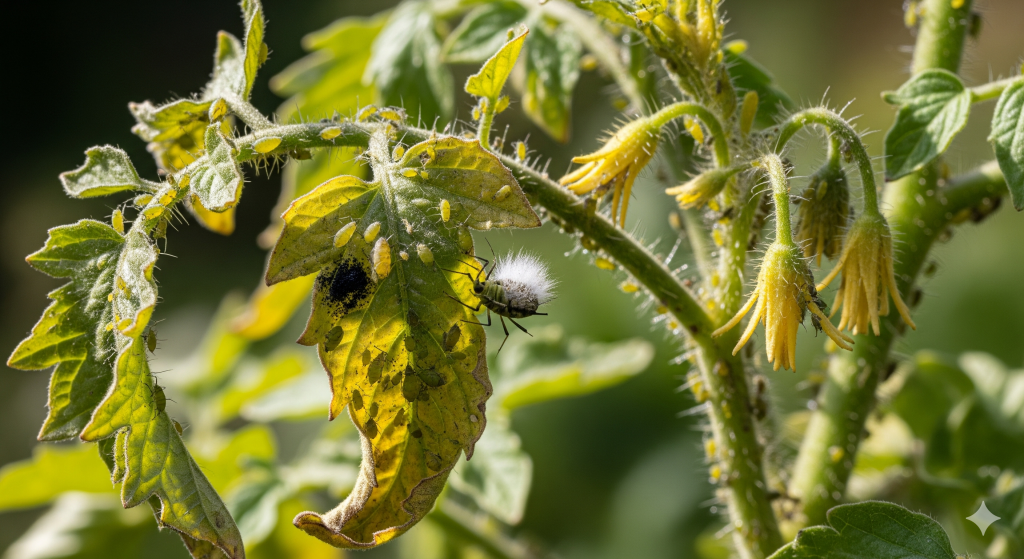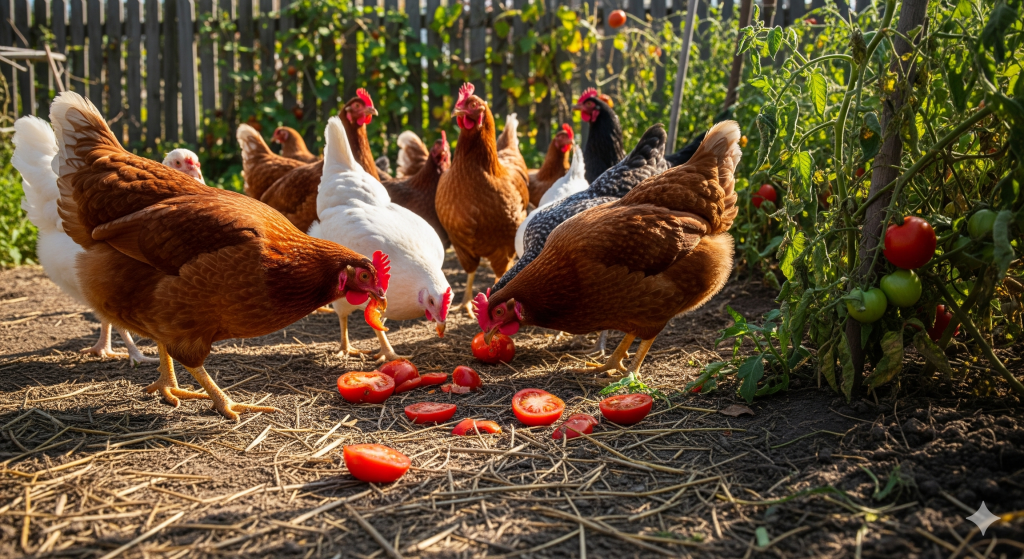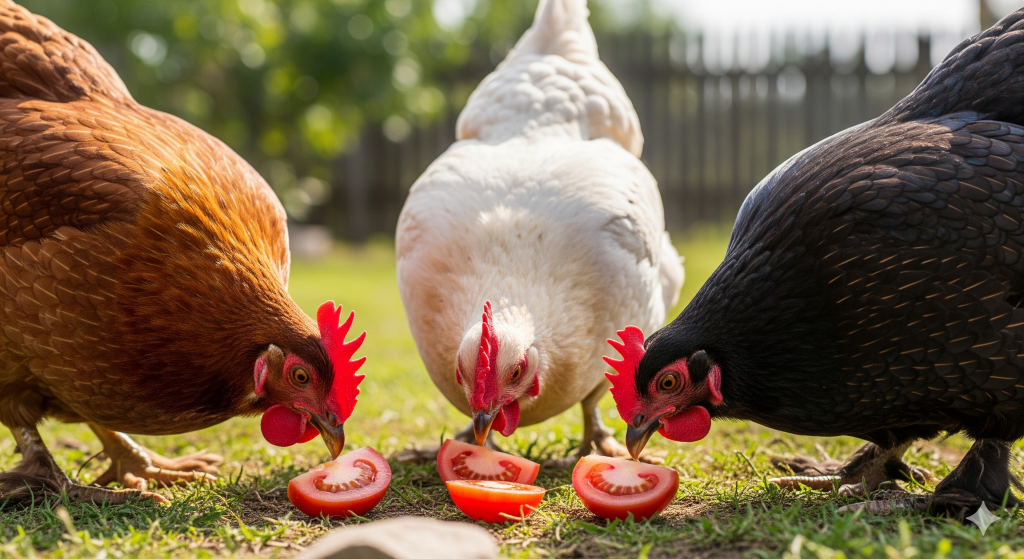Table of Contents
Few garden sights are as disheartening as discovering a thriving colony of aphids on your prized tomato plants. These tiny, soft-bodied insects can quickly multiply, sucking the life out of your plants and leaving behind sticky honeydew. The good news is that tomato plants can absolutely recover from aphid infestations with timely and appropriate intervention. Understanding how to naturally get rid of aphids and prevent their return is key to a healthy and productive tomato harvest.
How to Prevent Aphids on Tomato Plants
Prevention is always the first line of defense against aphids. A healthy, diverse garden is naturally more resistant to pest outbreaks.
- Inspect Regularly: The best prevention is early detection. Regularly inspect your tomato plants, especially the undersides of leaves and new growth, for any signs of aphids. Catching them early makes removal much easier.
- Encourage Beneficial Insects: Create a habitat for natural aphid predators like ladybugs, lacewings, and hoverflies. Plant flowers like marigolds, dill, cilantro, and sweet alyssum to attract them.
- Maintain Plant Health: Healthy, unstressed plants are more resilient. Ensure your tomatoes receive adequate water, sunlight, and nutrients. Avoid over-fertilizing with nitrogen, which can encourage new, tender growth that aphids love.
- Companion Planting: Plant companions like chives, garlic, and nasturtiums near your tomatoes. Their strong scents can deter aphids, or in the case of nasturtiums, act as a trap crop, drawing aphids away from your tomatoes.
How Long Can Tomato Plants Recover from Aphids?
The recovery time for tomato plants after an aphid infestation depends on the severity and duration of the problem. If caught early and treated promptly, plants can show signs of recovery within 1-2 weeks, with new, healthy growth emerging. Severely infested plants might take longer, or in extreme cases, may struggle to fully recover their vigor. Consistent follow-up care, including continued pest monitoring, proper watering, and balanced fertilization, will aid in their recuperation.
Ready to Take Your Self-Sufficiency to the Next Level?

If you love the self-sufficient lifestyle, this is the only guide you’ll ever need. Learn how to generate your own power, secure your water supply, and become truly independent. No fluff, just actionable plans.
➡️ Check out The Self-Sufficient Backyard and start your journey today!
Black Aphids on Tomato Plants
While green aphids are perhaps the most common, tomato plants can also be targeted by black aphids, particularly black bean aphids. They look similar to green aphids but are dark brown to black in color. Regardless of their color, the methods for controlling them remain the same as for other aphid species. Their feeding habits, reproductive rate, and the damage they cause are consistent across different aphid types.
How to Get Rid of Aphids Permanently
“Permanently” might be a strong word, as aphids are persistent, but you can certainly keep them under control using natural, organic methods. Here’s a multi-pronged approach:
- Blast with Water: For light infestations, a strong stream of water from your garden hose can knock aphids off plants. Repeat every few days.
- Hand-Picking: For small colonies, simply wipe them off with your fingers or a damp cloth.
- Insecticidal Soap: Mix a few teaspoons of mild liquid dish soap (not detergent) with a gallon of water. Spray this solution thoroughly on affected plants, coating the aphids. The soap dissolves their protective outer layer, causing dehydration. Reapply every 5-7 days as needed, especially after rain.
- Neem Oil: A natural botanical insecticide, neem oil works as an antifeedant and growth disruptor. Mix according to package directions and spray thoroughly, ensuring coverage on the undersides of leaves. Apply every 7-14 days.
- Prune Affected Parts: For heavily infested leaves or stems, it’s often best to prune them off and dispose of them in the trash (not compost, to prevent spread).
- Introduce Beneficial Insects: If your garden doesn’t naturally attract enough predators, you can purchase ladybugs or lacewing larvae and release them into your garden.
Conclusion
Aphid infestations on tomato plants can be frustrating, but they are far from a death sentence for your crop. By consistently monitoring your plants, employing preventative measures, and utilizing effective natural treatments like water blasts, insecticidal soap, and neem oil, you can successfully get rid of aphids and help your tomato plants recover their full vigor. A vigilant and proactive approach ensures your tomato plants stay healthy, productive, and aphid-free for a bountiful harvest.



